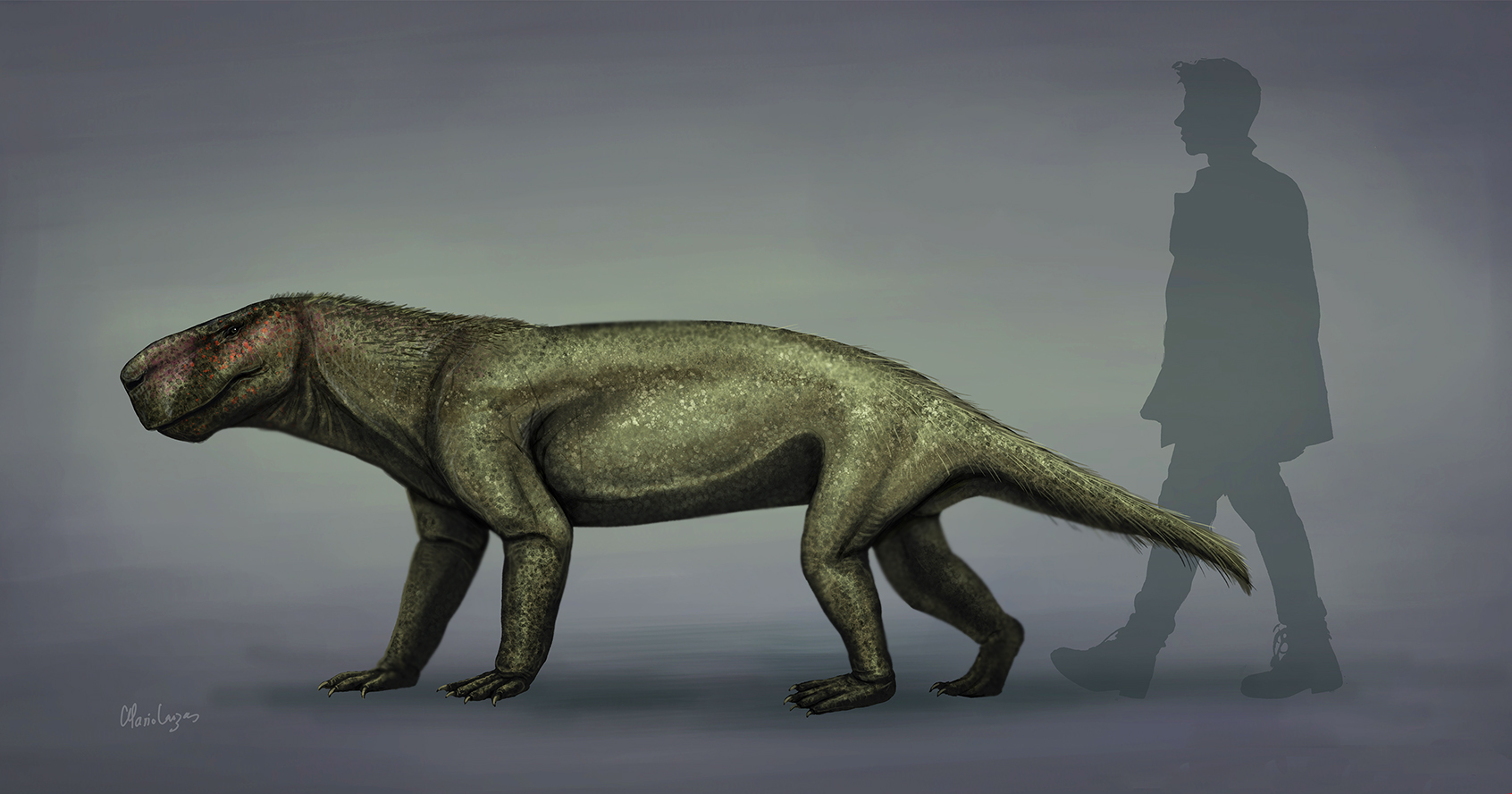|
Gorgonopia
Gorgonopsia (from the Greek Gorgon, a mythological beast, and 'aspect') is an extinct clade of Saber-toothed predator, sabre-toothed therapsids from the Middle Permian, Middle to the Upper Permian, roughly between 270 and 252 million years ago. They are characterised by a long and narrow skull, as well as elongated upper and sometimes lower canine teeth and incisors which were likely used as slashing and stabbing weapons. Postcanine teeth are generally reduced or absent. For hunting large prey, they possibly used a bite-and-retreat tactic, ambushing and taking a debilitating bite out of the target, and following it at a safe distance before its injuries exhausted it, whereupon the gorgonopsian would grapple the animal and deliver a killing bite. They would have had an exorbitant gape, possibly in excess of 90°, without having to unhinge the jaw. They markedly increased in size as time went on, growing from small skull lengths of in the Middle Permian to bear-like proportions of ... [...More Info...] [...Related Items...] OR: [Wikipedia] [Google] [Baidu] |
Inostrancevia
''Inostrancevia'' is an extinction, extinct genus of large carnivorous therapsids which lived during the Late Permian in what is now European Russia and Southern Africa. The first-known fossils of this gorgonopsian were discovered in the context of a long series of excavations carried out from 1899 to 1914 in the Northern Dvina, Russia. Among these are two near-complete skeletons embodying the first described specimens of this genus, being also the first gorgonopsian identified in Russia. Several other fossil materials were discovered there, and the various finds led to confusion as to the exact number of valid species, before only two of them were formally recognized, namely ''I. alexandri'' and ''I. latifrons''. A third species, ''I. uralensis'', was erected in 1974, but the fossil remains of this taxon are very thin and could come from another genus. More recent research carried out in Southern Africa has discovered specimens identified as belonging to this genus, with the spec ... [...More Info...] [...Related Items...] OR: [Wikipedia] [Google] [Baidu] |

